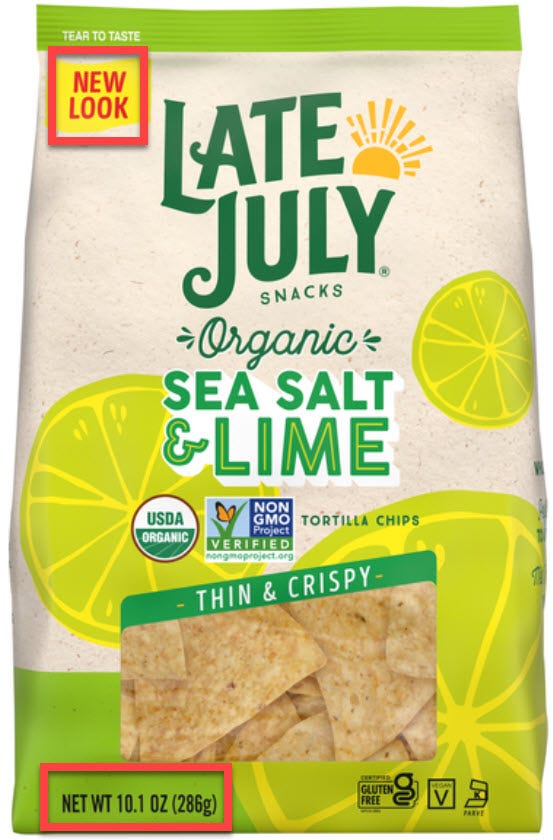Greedy manufacturers and grocers are ripping off their customers using the cloaks of inflation, the pandemic, and the Ukraine war. Undoubtedly, supply chain disruptions caused by the aforementioned calamities necessitate some price increases at the supermarket.
But make no mistake, we’re not all in this together. Friendly neighborhood grocers and consumer package goods manufacturers cannot resist the perfect storm of opportunities to price gouge their customers.
According to Representative Katie Porter (D-Calif):
On average, 11.4% of inflationary price increases became corporate profits from 1979 to 2019. Since the 2020 pandemic, that number has jumped up to 53.9%.
Lest one considers Porter’s assessment to be unhinged liberal hysteria, it has been fact-checked and corroborated by unbiased sources. Merely fixing inflation will have no real effect on out-of-control consumer goods prices. However, placing a hefty tax on excessive corporate profits is a good way to slap down avaricious corporations.
Outrageous price increases
Brazen price increases are now a weekly occurrence at the supermarket. Grocers and manufacturers hope that after the initial sticker shock subsides, consumers will settle into the new prices and forget about the old ones.
The chart below shows prices of assorted grocery items at a Giant Foods supermarket in the days before public mask-wearing was imaginable, compared to now. On average, shoppers now pay close to a third more for groceries than pre-pandemic.

Inflation and supply chain kinks alone cannot explain a 68% increase in sugar or a 43% increase in white vinegar. Baking a cake costs nearly 75% more now than two years ago. The inclination to fall back to a lower-priced store brand isn’t a solution either when store-brand organic black beans have increased by 101%.
Shrinkflation
For all the unpleasantness of price increases, at least they’re honest. A 50% price increase is a slap in the face but at least it’s presented up-front with no excuses. On the other hand, Shrinkflation, profiting by reducing the volume or weight of the product, is the skeevy cousin of price increases.
Shrinkflated products are often introduced with “New Look” labeling intended to deflect attention from the weight/volume reduction.
In one particularly egregious case from the grocery price chart above, Late July’s Sea Salt & Lime chips recently appeared on shelves with a “new look” label. The weight dropped from 11 oz to 10.1 oz. As a double whammy, Late July also raised their price from $4.49 to $5.39. Late July’s “new look” amounts to paying much more for much less.

In another case of ever-shrinking Halloween candy, the manufacturers have the chutzpah to claim their motivation is to improve consumer health by reducing portion size.
Manufacturers count on consumers being unable to remember the old weight/volume and prices. Holding onto receipts is a way to keep a historical price record, but volume/weight changes aren’t typically captured on receipts. A Shrinkflation subreddit enables highly pissed-off consumers to document their rage for posterity.

Skimpflation
As if Shrinkflation isn’t bad enough. Skimpflation is the term applied when a manufacturer substitutes cheaper ingredients and charges the same price or more. Recognizing Skimpflation requires an eagle eye because manufacturers are understandably cagey about this sleazy practice.
Ingredients are listed in order of their predominance with those used in the greatest amounts first. If the order of ingredients on the label changes, it indicates a recipe change.
In the case of Smart Balance spread, a dairy-free butter substitute, water became the primary ingredient when Conagra changed the percentage of vegetable oil from 64% to 39%. According to a Conagra spokesperson, they changed the recipe to make their product easier to spread.

Conagra literally watered down its product and profited from reduced ingredient costs.
Combatting corporate greed
Feeling victimized at the supermarket? Don’t take it without fighting back. These are a few suggestions for reclaiming some agency and sticking it to greedy corporations:
- Selective Shopping — Groceries have become so expensive that selective shopping at multiple stores with the best prices may be worth the time and effort. Aldi is the fastest-growing US grocery chain for a good reason. Aldi’s off-brand, low-frills stores resonate with bargain-hunting shoppers. Selective shopping at stores like Trader Joe’s also yields some terrific bargains.
- Demand Political Action— Rather than electing candidates with vague or nonexistent plans to fight inflation, seek out more people like Katie Porter and Elizabeth Warren who are eager to mix it up with the greedy bastards.
- Kick and Scream — Intense and irate consumer backlash forced Conagra to reverse its Smart Balance decision and return to its original recipe. Hell hath no fury like consumers bilked out of their vegetable oil.
